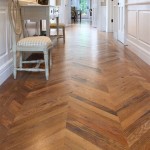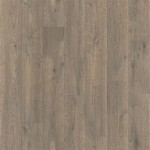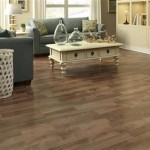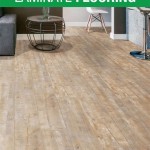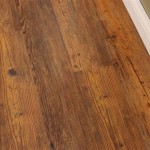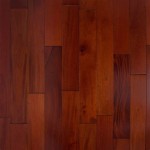Having water under your laminate floor can be a major headache. Not only is it unsightly, but it can also be damaging to the floor and other items in your home. Fortunately, there are steps you can take to address the issue and prevent further water damage. In this article, we’ll cover what to do when you have water under your laminate floor, how to identify the source of the water, and how to take action to stop it from happening again.
Identifying the Source of Water
The first step to take when you have water under your laminate floor is to identify the source of the water. Depending on where you live, the source could be anything from rainwater seeping in from outside to a plumbing leak inside the home. If the source of the water is from outside, it may be due to poor drainage or a lack of proper waterproofing on the exterior of the home. If the source is inside the home, it could be due to a plumbing leak or a cracked pipe. If the source is unclear, it may be necessary to have a professional inspect the area to determine the exact cause.
Drying Out the Area
Once you have identified the source of the water, the next step is to dry out the area. If the water is coming from outside, you may need to repair any drainage or waterproofing issues first. If the water is coming from inside, you should make sure to turn off the water supply to the area and call a plumber to address the leak. Then, you can use a wet/dry vacuum to remove any standing water, followed by fans and a dehumidifier to help dry out the area.
Repairing the Laminate Floor
Once the area is dry, you can begin to repair the laminate floor. If the flooring was severely damaged, you may need to replace the affected boards. If the damage is minor, you can repair it with a laminate repair kit. These kits come with everything you need to repair and refinish the flooring.
Preventing Future Damage
The best way to deal with water under laminate floor is to prevent it from happening in the first place. To do this, you should make sure your home is properly sealed and waterproofed, especially around the foundation, windows, and doors. Additionally, check your pipes and plumbing regularly to make sure there are no leaks or cracks. If you do have a plumbing issue, take care of it right away to avoid further water damage.
Hiring a Professional
If you’re unable to identify the source of the water, or if the repair is beyond your capabilities, it’s best to hire a professional. A professional can inspect the area, identify the source of the water, repair any damage, and recommend solutions to prevent future water damage. Hiring a professional can save you time and money in the long run, and can help you avoid further damage to your laminate floor.
Conclusion
Having water under your laminate floor can be a major hassle, but it doesn’t have to be. By identifying the source of the water, drying out the area, repairing the laminate floor, and taking preventative measures, you can address the issue and avoid further water damage. If the repair is beyond your abilities, it’s best to hire a professional to help you out. With the right steps, you can protect your laminate floor from future water damage.















Related Posts

